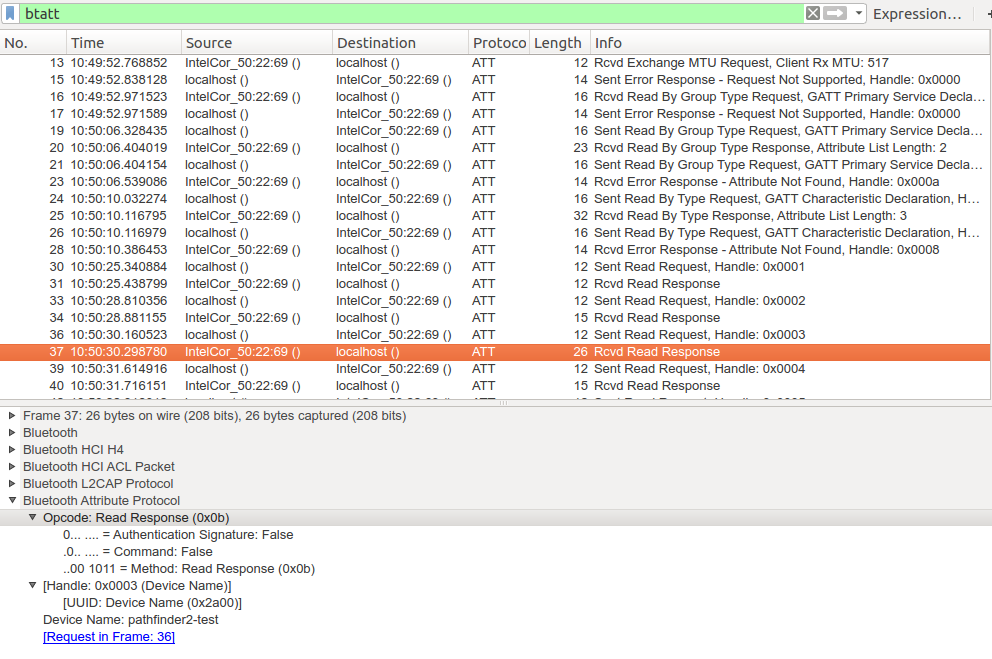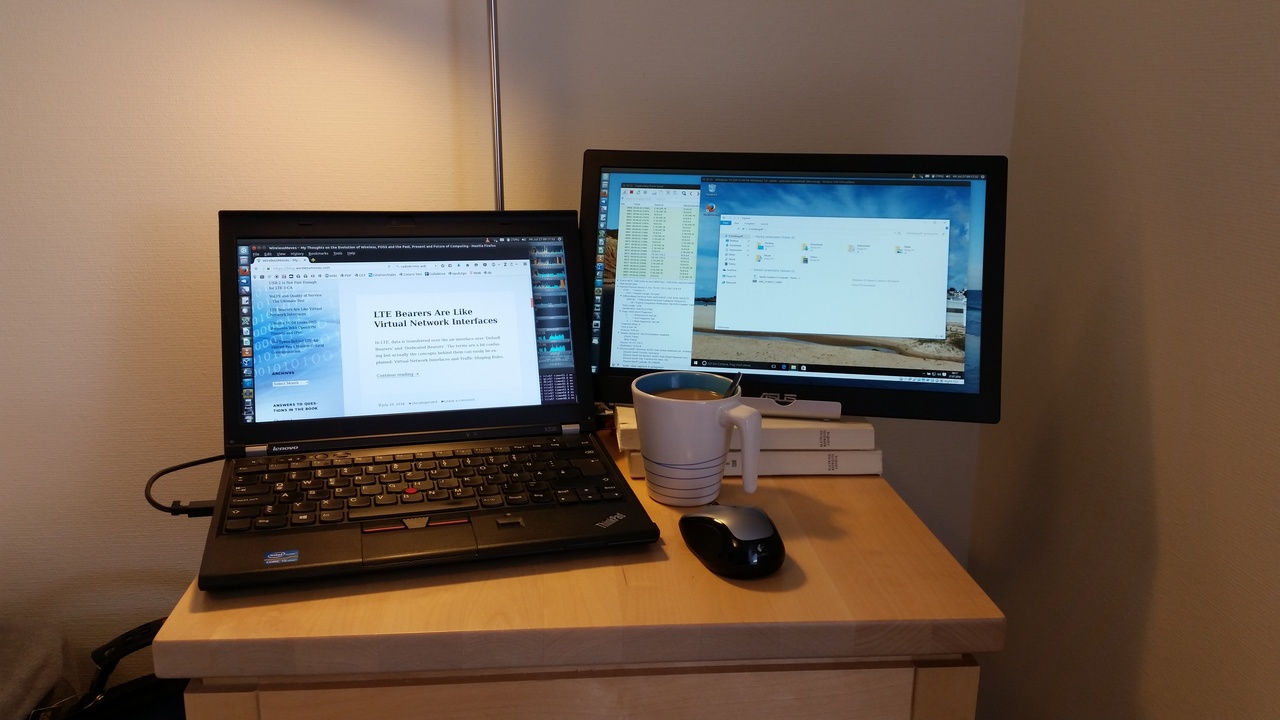Back in February I noticed that layer 2 Wifi tracing on my Intel Centrino Core Duo based Toshiba notebook from 2009 stopped working after upgrading to Ubuntu 15.10. This had me a bit worried but it looks like it is back with Ubuntu 16.04!
Continue reading Ubuntu Has Regained Its Wifi Layer 2 Tracing Functionality


